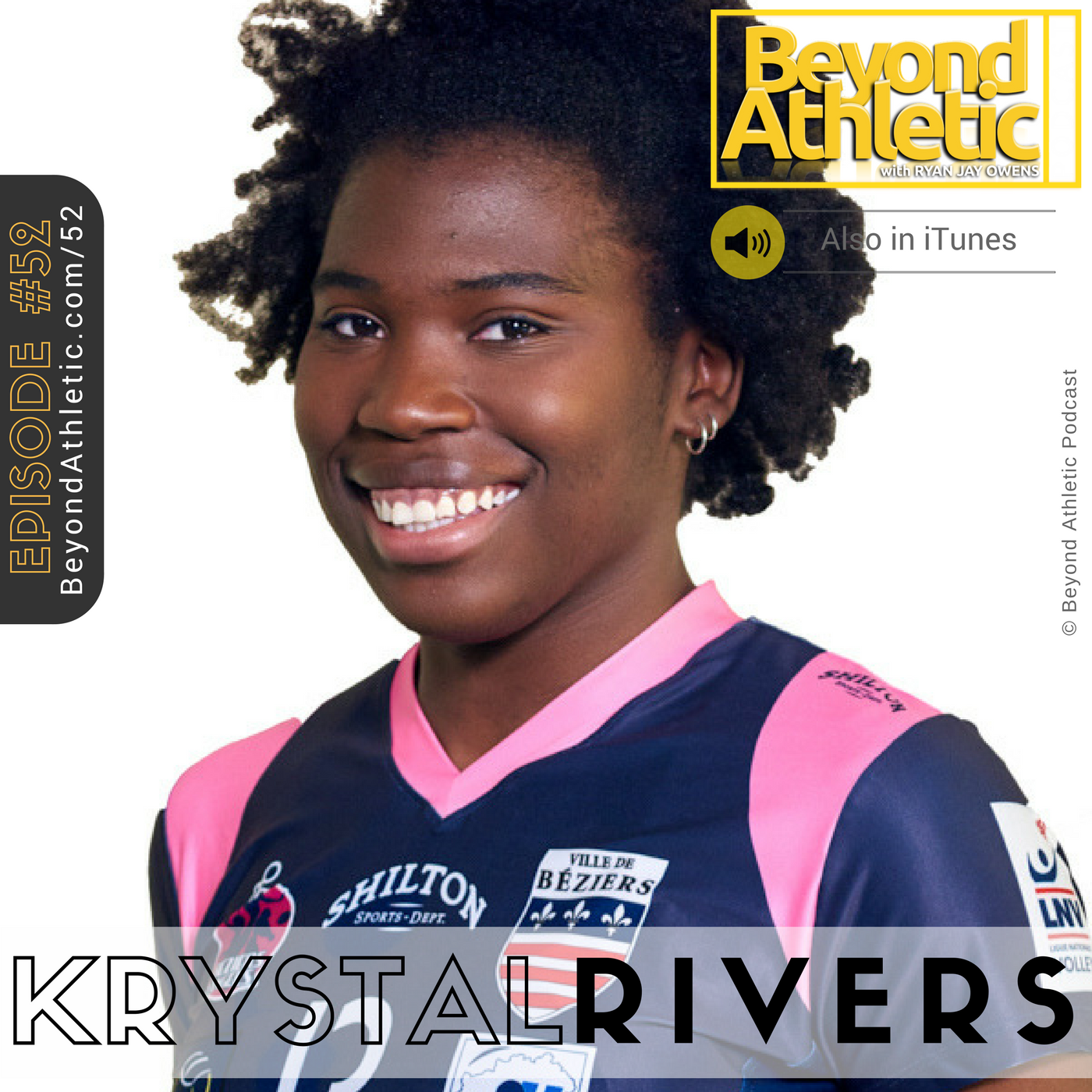We Interviewed 5 Starters
@ Partizan Men's Club...
Marko Nikolić | Dušan Lopar | Bojan Rajković | Neven Majstorović | Milija Mrdak
Interviewed By Ana TOMIC
Video Links for Interviews COMING SOON! English Text First | Serbian Text Second
ENGLISH TEXT
Volleyball players of Partizan are the only undefeated team in the Wiener Städtische national championship of Serbia. They say they owe huge credits to an American, a man who brought them recipe for good results.
Ryan Jay Owens, a former USA national team player, from the beginning of this season often trains with Partizan and he claims that his goal is to transfer his knowledge to young players.
Marko Nikolić, Partizan’s outside hitter, has told us how they started the cooperation with Ryan.
- A few years ago Ryan came to Serbia and asked to train with us. We accepted him and since then he became the part of this team. We became friends, I can even say a family. When he first came he needed us, now we’re the ones who need him – said Marko.
Marko has also told us that their cooperation with Ryan had been a secret of their success this season.
- Training with Ryan has helped us a lot. It’s priceless to have someone with such an experience next to you. That’s why I gladly accept his advices and critiques – said Marko.
- His method of communication, our friendly relation, but also the authority that he is trying to impose – it has all contributed to our progress and better work – added Neven Majstorović, also the outside hitter of the best team in the standings, to this conversation.
- His advices have helped us to improve our motoric abilities and mental perception of the game – said Bojan Rajković, the libero of this team.
The American national team is well-known for its specific way of warming-up before the game and it’s impossible not to think that must be the key of success of the best national team in the world. The players of Partizan have told us that it was the first time they trained in such a way when they met Ryan, but today they are already used to those innovations.
- In the beginning it was hard for me to accept that way of warming-up because I wasn’t used to it. But now I can honestly say that it’s the best way of warming-up I’ve ever done! And I think it has helped a lot in preventing injuries – said Marko and his teammates agreed.
- I’ve noticed that the other teams look at as strangely during the warm-up, probably because they aren’t used to it. I personally like that way of training – said Dušan Lopar, Partizan’s middle blocker.
Players of this Belgrade team have told us that Ryan gives an effort not just to improve their physical condition but also to learn them how to avoid stress and all the problems that can befall an athlete.
- Once, after the game, Ryan wanted to talk to us. He told us about his experiences and tried to motivate us. There was a sentence that I remember clearly, he said ‘Hardly any team in the world is unbeaten in the national championship, that’s why I want you to feel like you should feel – like a champions! You should leave all the problems aside!’ – said Marko.
- He knows the conditions in which we train and knows how hard it is to us. He made a motivational speech and pointed that he understands and supports us – said Neven.
Partizan’s players have also discovered to us that Ryan suggested them a 10–day challenge, with the aim to avoid stress and forget about the problems they have.
- He suggested us breathing exercises, a kind of meditation. I accepted the challenge and started doing it the next morning. I was a bit sceptikal about it but I have to admit that I already see the difference. I have to say that the mental cooperation that we have with Ryan is the best I’ve ever had in other teams – said 24 years old spiker Milija Mrdak.
The other interviewees have also accepted the challenge. They say they think it can only help them and that is worth trying.
These young athletes are now waiting for the play-off part of the competition and they hope to stay unbeaten until they win the trophy. We wish them to break a leg!
COME TO THE SEMINAR BY ANJA SPASOJEVIC & RYAN JAY OWENS APRIL 2, 2015!
CLICK HERE TO SEE DETAILS
NA SRPSKI
Odbojkaši Partizana jedina su neporažena ekipa u dosadašnjem toku Wiener Städtische lige Srbije. Kažu da velike zasluge za to duguju jednom Amerikancu, čoveku koji im je doneo recept za dobre rezultate, a u pitanju je Rajan Ovens.
Nekadašnji američki reprezentativac od početka ove sezone često trenira sa srpskim timom i tvrdi da je njegov cilj da svoje znanje i iskustvo prenese mladim igračima.
Marko Nikolić, odbojkaš Partizana otkrio nam je kako su započeli saradnju sa Rajanom.
- Pre par godina Rajan je došao u Srbiju i pitao da li može da trenira sa nama. Prihvatili smo ga i on je od tada postao deo ovog tima. Postali smo prijatelji,na neki način i porodica. Kada je tek došao u Srbiju mi smo bili tu za njega , a sada je on taj koji je tu za nas - istakao je Marko.
Marko nam je rekao da je rad sa Rajanom možda bio i tajna uspeha koji su postignuti ove sezone.
- Rad sa njim nam je mnogo pomogao. Neprocenjivo je imati nekoga sa tolikim iskustvom pored sebe i uvek rado prihvatam sve njegove savete i zamerke – otkrio nam je Marko.
- Njegov način komunikacije sa nama, naš prijateljski odnos, ali i autoritet koji ima, sve je to doprinelo našem boljem radu i napretku – dodao je Neven Majstorović, primač prvoplasiranog tima na tabeli.
- Njegovi saveti pomogli su nam da poboljšamo svoje motoričke sposobnosti i umno sagledavanje igre – rekao je Bojan Rajković, libero ovog tima.
Američka odbojkaška reprezentacija poznata je po svom specifičnom načinu zagrevanja, pa je nemoguće ne pomisliti da je baš to ključ uspeha najbolje reprezentacije sveta. Odbojkaši Partizana rekli su nam da su po prvi put trenirali na takav način i da im je u početku bilo teško da se naviknu na inovacije.
- U početku mi je bilo teško da prihvatim taj način zagrevanja, jer nisam bio naviknut na to. Sada mogu da kazem da je to najbolje zagrevanje koje sam ikada radio i mislim da je dosta pomoglo u sprečavanju povreda – rekao je Marko, a njegovi saigrači su se slozili sa tim.
- Primetio sam da nas ostale ekipe čudno posmatraju tokom zagrevanja, verovatno zato što nisu navikli na tako nešto, a meni lično odgovara takav način rada – dodao je Dušan Lopar, srednji bloker Partizana.
Igrači beogradskog tima otkrili su nam da se Rajan trudi ne samo da poboljša njihovu fizičku spremnost vec i da ih nauči da postanu otporniji na stres i sve probleme koji mogu da zadese jednog sportistu.
- Rajan je jednom prilikom, nakon utakmice, želeo da porazgovara sa nama. Pričao nam je o svojim iskustvima i pokušao je da nas motiviše. Jedne rečenice se vrlo dobro sećam. Rekao nam je ,,Retko koja ekipa u svetu je neporažena u svojoj ligi, zato treba da se osećate kao to što jeste – kao šampioni, a stres i probleme treba da ostavite po strani” – rekao je Marko.
- Zna u kakvim uslovima radimo i zna koliko nam je teško.Održao nam je jedan motivacioni govor i ukazao na to da imamo njegovu punu podršku – dodao je Neven.
Odbojkaši Partizana otkrili su nam da im je Rajan predložio da urade desetodnevni izazov, sa ciljem da se oslobode stresa i da zaborave na probleme koje imaju.
- U pitanju su vežbe disanja, kao neki oblik meditacije. Prihvatio sam izazov već sledećeg jutra. U početku sam bio skeptičan, ali već sada vidim neku razliku. I moram da naglasim da je mentalna saradnja koju imam sa Rajanom mnogo bolja nego u timovima u kojima sam do sada igrao – rekao je 24-godišnji korektor Milija Mrdak.
- Mislim da vredi probati i da može samo da nam pomogne – dodao je Neven.
I ostali sagovornici rekli su nam da su prihvatili izazov jer misle da će im pomoći i da nemaju šta da izgube.
Ove mlade sportiste sada čeka plej-of nacionalnog prvenstva i nadaju se da ce bez poraza podići pehar na kraju sezone. Mi im želimo svu sreću na putu ka novom trofeju.
































![#46 Nicole DAVIS [2x Olympian]: How to Harness Your Competitiveness (& Why You May Need To Pivot)](https://images.squarespace-cdn.com/content/v1/5461184be4b04efe62828f24/1477783406118-CJA7WUTHWNPYXDSW60ZM/Nicole+DAVIS+COVER+BAP.jpg)
















